Why Food is served in Plastic and What We Can Do to avoid it
1Supermarkets are on their way to ban plastic bags and parting their ways from food plastic packaging manufacturers. However, what about the amount of plastic that food continues to be packaged in? The news, probably bad, is this it is not changing any time soon. However, the good news is there are a few activities you can do today to avoid food plastic packaging.
Why there are Plenty of Plastic?
The short answer is ‘it’s cheap’. Plastic is effective and readily available material for manufacturers for food packaging. It eventually allows them to offer their product at a competitive price.
It can be a strategy for pushing customers for impulse buying. Take fresh produce as an example; there is almost no need to be wrapped in polystyrene trays or plastic bags. Off course, it can aid to keep food hygienic or fresh. However, fruit and vegetable can be washed anyway.
Many a time fresh produce is packaged using plastic to push you to buy more; however, it is better to purchase loose mushrooms and sort them in a reusable bag. It is easier to arrange a food plastic bag. The food plastic packaging manufacturers don’t care whether you use them or not, they just care about selling more to food products’ sellers.
Why there is Plenty of Packaging?
Packaging brings advertising. Food protection is not the only purpose of food plastic packaging, it is also among the important marketing tools that a brand use.
Brands allocate a healthy budget on marketing, making sure their product gets attention from others. A huge marketing budget is put into its shape, color, size, material, and messaging. It makes absolute sense that products like cereal are packaged through a plastic bag apart from a cardboard box. They use more space on the shelf, and resultantly the packaging itself becomes larger, giving them extra design space to grab the limelight. This is why food product manufacturers often change their packaging design.
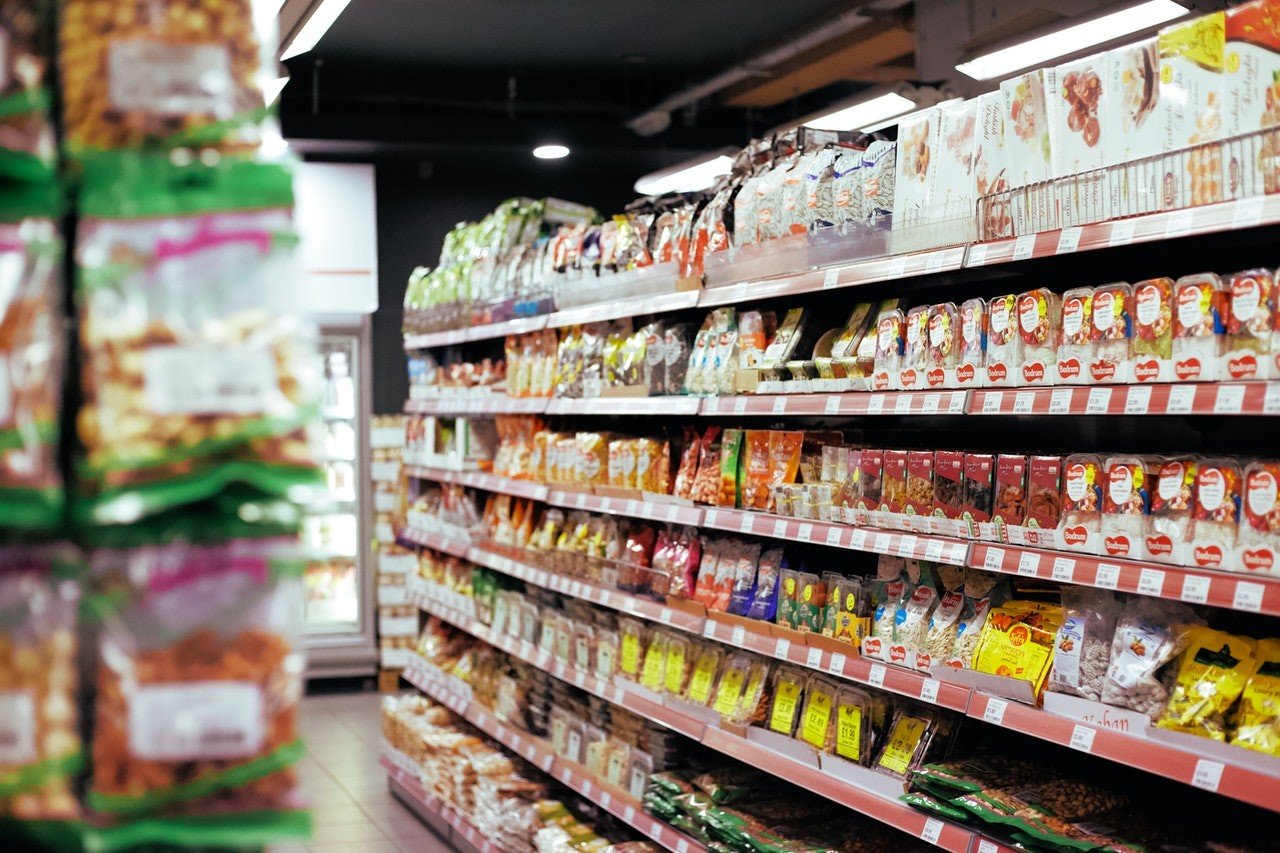
Why Single-Serve or Single-Use Products are Available in Huge Quantity?
The rise of single-use packaging can be due to factors like:
- A growing population,
- Rising average disposable income,
- Quickening pack of life,
- Changing eating habits, and
- Shrinking households.
There is an increased number of individuals or families that are strangled for time instead of cash and they are willing to pay more for packages that are convenient compared to products that are environmentally or wallet-friendly but take the extra bit of effort. Most people are now living busy lives these days. They don’t want to save as much. Of course, it is simpler to chuck single-use baby food pouches rather than buy or make a larger amount into reusable packages. The same is for about any food product.
One of the successful examples of single-use or single-serve items is baby food products. They have fulfilled the desire of parents searching for convenience and spare time.
Food Companies didn’t start wrapping things merely in single-serving sizes for no reason. They saw consumers increasing wish to save time, and they seized the opportunity. If consumers did not go for those items, they would have stopped making them the way. There is no point in making something that no one is interested to buy.
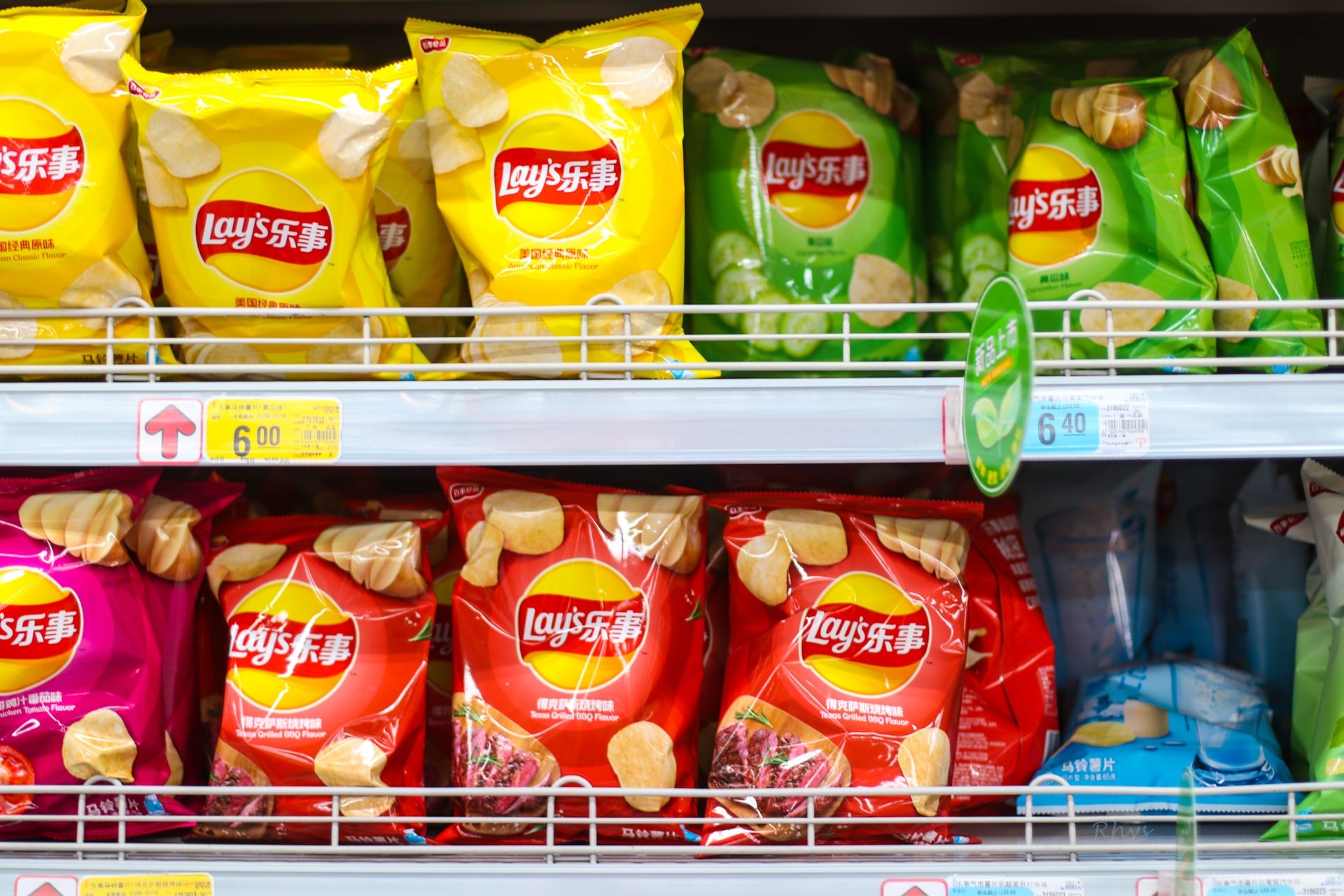
It is comfortable to refrain from doing something that everyone is doing and bringing no benefit at all; however, if everyone thinks like that, one thing is for sure; nothing will change. For instance, if you don’t have a feeling of saving much from landfills today, it will eventually add up over the weeks, months, and years.
What you can do
Any drastic change from the manufacturer’s side cannot happen soon. So, there is plenty we can do as consumers to bring or influence change. Ultimately, food plastic packaging manufacturers are reliant on us. If consumers showing reluctance on buying a specific product, or there exists enough demand for change, buyers won’t ignore it. To conclude, consumers have enough power to call the shot.
Following are seven activities a consumer can do for reduction of packaging waste:
Buy Products in Bulk Size
A packet of six double-length rolls of toilet paper uses less packaging compared to 12 packets of regular because there is less surface area to cover. – You can assume this with a lot of things like milk, i.e. one bottle of 2L uses less plastic compared to two 1L bottles.
Repack Food on Your Own
It might take more time but buying and packaging larger food item quantities into reusable containers yourself minimizes a lot of food waste and will eventually save you money. Think one big size packet of potato chips against ten individual chips’ packs.
Look at servings or volume per package and not just the physical package’s size
Two boxes with different sizes of cereal might contain the same amount of food. Pick the box with the smallest packaging.
Choose Glass Rather Than Plastic Food Package
Glass can be reused again and again and not lose its trustworthiness, while plastic corrupts simultaneously, which means there's to a lesser degree a business opportunity for reused plastic, which means less really gets reused.
Only Shop What You Need
With a list of things that you need, you have more chance of impulse buying by seeing flashy plastic packaged items.
Buy Items Free of Packaging Where Possible
Always go for package-free products. Things like nuts, grains, seeds, cereals, etc. can be bought package-free at bulk-bin stores, but, sometimes this is not doable frequently in terms of budget or location. Do what you can!
Wrap Up
Bringing change doesn’t need to be a gigantic behavioral overhaul where you adopt a package-free approach overnight. Abrupt changes can never be sustainable for you. It can merely be about making smarter decisions when shopping. You can start by adopting one change and when it becomes a habit, move onto the next. Every step counts.
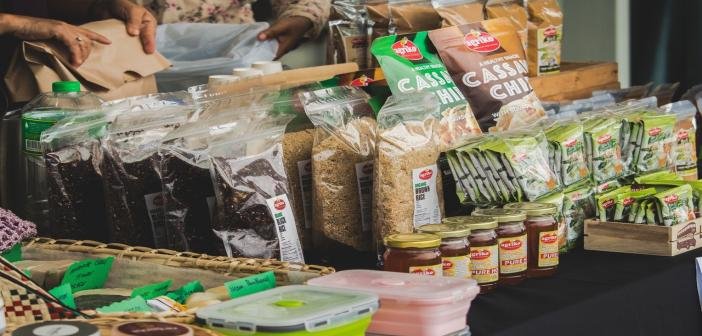

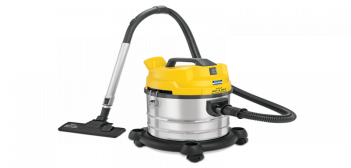


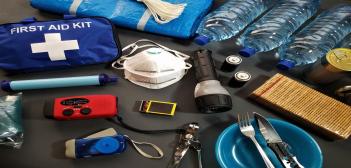

0 Comments